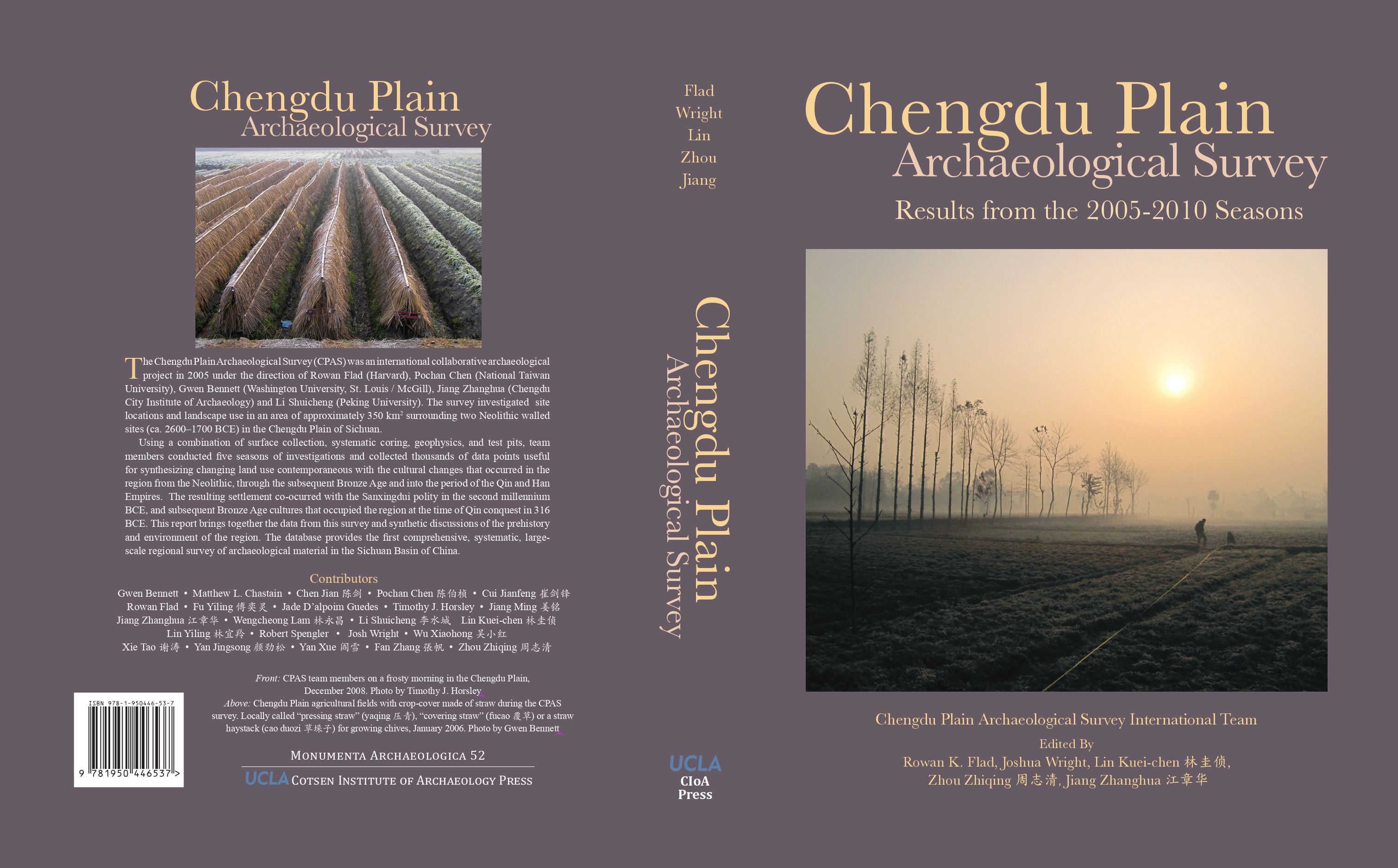A major synthesis of five field seasons of regional archaeological survey in the Chengdu Plain—documenting Neolithic walled centers, Bronze Age settlement patterns, and long-term landscape change—will be published in November 2025 by UCLA’s Cotsen Institute of Archaeology (Monumenta Archaeologica 52).
SEAA News Blog: New Books
Join Maria Shinoto (Associate Professor, institute for Prehistory, Protohistory and Near Eastern Archaeology, Heidelberg University) for a virtual talk on the Sōshoku Kofun of Japan via Zoom with the Society for East Asian Archaeology on Thursday, June 6, 2024! The talk will take place from 7:00-8:30 AM (Eastern Standard Time)/8:00-9:30 PM (Japan Standard Time)/12:00-1:30 PM (Central European Time).
In China’s Metal Age, which began around 2000 BCE, leaded bronze was widely used. The additional lead distinguishes early Chinese bronze objects from unleaded objects used by most other Metal Age communities in Eurasia. This book focuses on the lead question in early China.
The Society for East Asian Archaeology is delighted to host a virtual book talk by Dr. Elizabeth Childs-Johnson in celebration of the launch her new book, co-authored with Dr. John Major, "Metamorphic Imagery in Ancient Chinese Art and Religion". We are honored to have Dr. Thomas Michael (Beijing Normal University) and Dr. Li Min (University of California at Los Angeles) serving as discussants for this exciting event.
This book by Evgenia Dammer is the first comprehensive study of the technological knowledge needed to produce Neolithic Majiayao-style pottery (5300-4000 cal yr BP) which is famous for its painted designs in black and red. It examines the technological choices in the production of fine and coarse Majiayao-style pottery found across three river valleys, all located near the border area of Chinese provinces Gansu and Qinghai.
In commemoration of Lothar von Falkenhausen’s 60th birthday, this volume assembles eighteen scholarly essays that explore the intersection between art, economy, and ritual in ancient East Asia. The contributions are clustered into four themes: “Ritual Economy,” “Ritual and Sacrifice,” “Technology, Community, Interaction,” and “Objects and Meaning,” which collectively reflect the theoretical, methodological, and historical questions that Falkenhausen has been examining via his scholarship, research, and teaching throughout his career.
The Social Lives of Chinese Objects is the first anthology of texts to apply Arjun Appadurai’s well-known argument on the social life of things to the discussion of artefacts made in China. The essays in this book look at objects as “things-in-motion,” a status that brings attention to the history of transmissions ensuing after the time and conditions of their production. How does the identity of an object change as a consequence of geographical relocation and/ or temporal transference?
The effects of tectonic processes on archaeological sites are evidenced by earthquake damage, volcanic eruptions, and tsunami destruction. However, these processes affect a far broader sphere of landform structures, environment, and even climate that envelops an archaeological site and triggers human behavioural activities.









